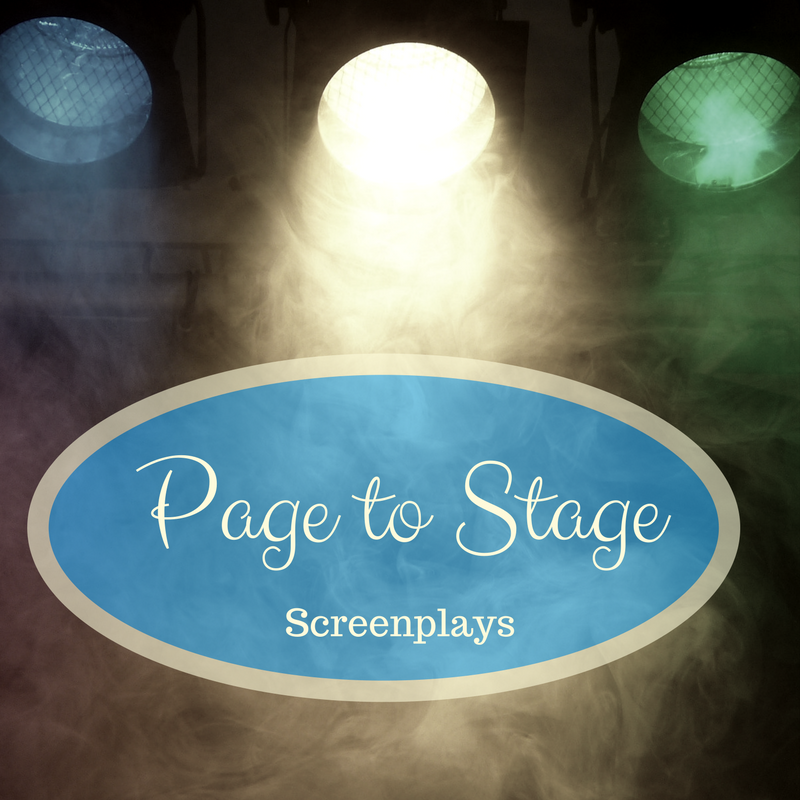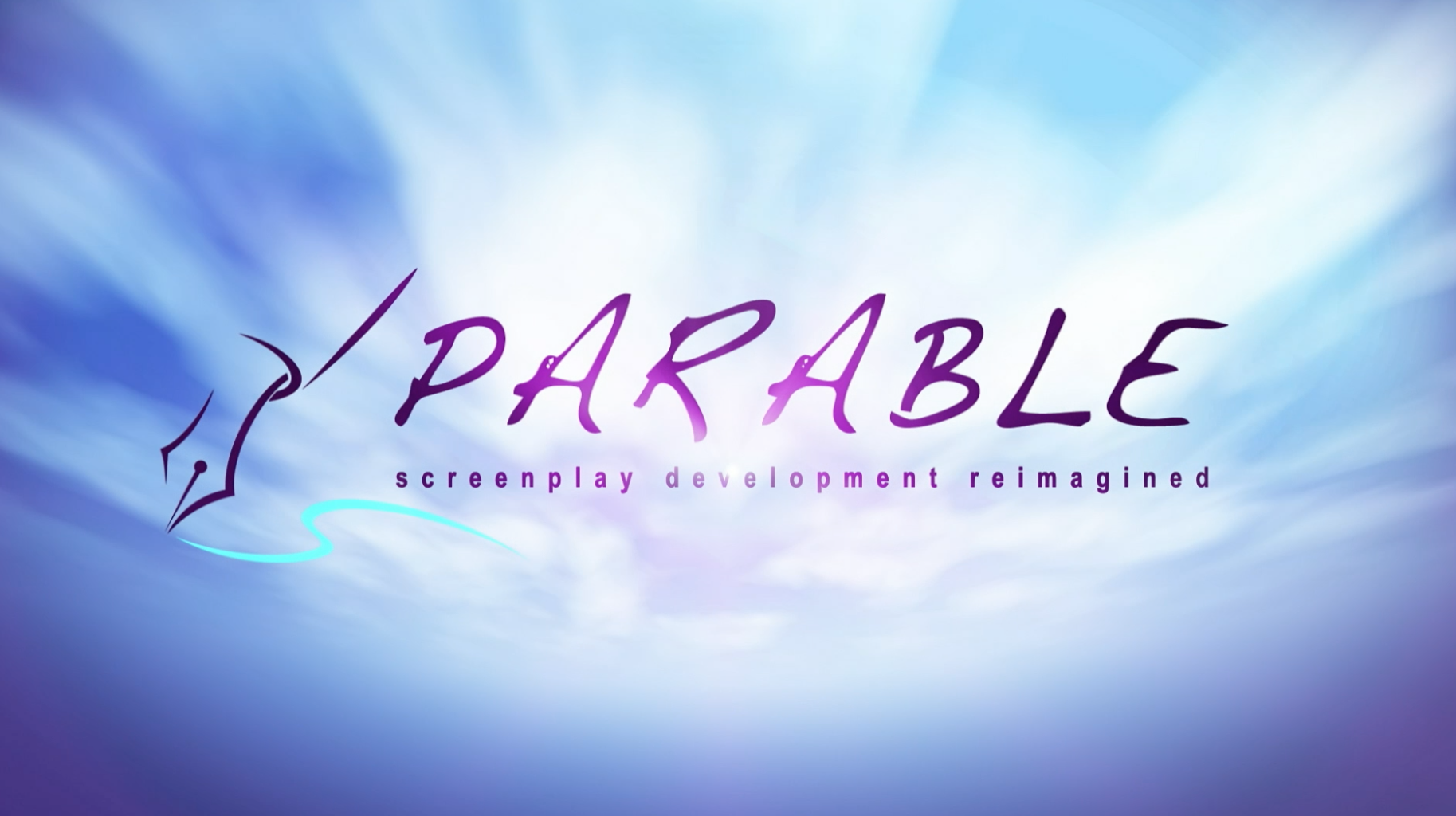I’m binging on the superhero series The Punisher. Not because I am a comic book junkie, but because I like this series’ emphasis on mental health and how trauma can affect our lives.
In the season one finale there is a powerful scene where The Punisher, Frank Castle, locks eyes with a former military buddy and best friend after he was tortured by their colonel turned bad guy.
After a brief, subtle stare, the Punisher breaks free from his shackles, quickly kills the Colonel while the friend watches. A lot happens on screen without a single word being spoken. Still, the audience understands everything that is happening.
The writers of the show masterfully use subtext via action and pauses to tell a powerful story of revenge and friendship. In screenwriting, there are a few ways to tell a story without explaining everything.
- Action
- Dialogue
- Inaudibles
- Subtext
Movies and TV are the ultimate examples of showing versus telling! On-screen the audience can see all of the action, settings, and emotions. We can also hear the dialogue and audible cues (crying, sighs, and screams.)
However, all of these can take up a lot of space in a screenplay. A common “rule” is to not have huge boxes of dialogue. Dialogue blocks are a form of information overload and they clutter up a screenplay.
They can also bore a reader and the audience by telling them everything they want or need to know. Generally, dialogue should be no more than a few sentences long, so this forces a writer to show more than tell and to use subtext.
Subtext
If you are a fiction writer, then you probably understand that subtext is important to the storytelling process. Because in screenwriting, subtext leaves more white space on the page and it adds layers to your narrative.
“The underlying personality of a dramatic character as implied or indicated by a script or text.”
In screenwriting, subtext is the unspoken words, emotions, or desires. Although screenwriting is a visual art form, there are emotional and soul elements that cannot always be expressed in words, which invites the audience into our stories.
“Text means the sensory surface of a work of art. Subtext is the life under that surface—thoughts and feelings both known and unknown, hidden by behavior.”
Robert McKee
Writers know to avoid “on-the-nose dialogue.” On-the-nose is when what is said states the obvious or tells the exact thoughts or feelings of the character without action or subtext.
Another use of subtext is the underlying meaning behind a scene in a movie. The adage is, “If the scene is really about what the scene is about, then you’re screwed.” Subtext gives every scene in your screenplay more depth.
Think of two star-crossed lovers who cannot put their feelings into words, their avoidance or lack of interaction can imply what words can’t.
On the latest episode of Grey’s Anatomy, a young doctor, Simone, struggled with her feelings for her roommate, but couldn’t tell him because she was getting married. Everyone could see in her eyes, whenever the two were around one another, her feelings for him were strong. It was no surprise when she left her groom at the altar for her roommate. By then, the audience wanted her to do this. The subtext in the previous scenes built the anticipation of this unlikely couple.
Sure, we see this dynamic play out in many movies and TV shows, because subtext is crucial to visual storytelling.
Seven tips on writing subtext into your screenplays from Masterclass.
- Study subtext in film and novels.
- Get into your character’s head.
- Write the subtext in your notes.
- Apply the iceberg theory.
- Practice with hypothetical characters.
- Think about a real-life event that could contain subtext.
- Edit out unnecessary dialogue.
The best screenwriters have mastered the art of subtext, but all writers need to use this technique to tell the clearest and leanest story. It is a chance to practice “show don’t tell.”
And this dynamic goes beyond what the audience sees or perceives. Subtext keeps writers from telling actors what to do or how to act. It is the actor’s job to bring the character and their emotions out.
Subtext lets more action out than simply telling everything that is happening in a scene or character. Keep it on the stage, not on the page. Movies let the action out!
Act it Out
By now, I hope you know there is a lot more to the movie-making process, than just writing a screenplay. As I recently shared with a fellow writer, this is a business and everyone has a specific part in the business. You do your part and get out of the way.
Only a finished movie can bring our words alive, amateurs fill pages with lots of unnecessary words, imagery, and dialogue. Leave room for everybody in the movie-making process to do their job.
- Writers write
- Directors direct
- Actors act
A few years ago, I had a writer friend, who also worked as an actor in Atlanta, tell me that actors hate being told how to act. So, limit parentheticals and acting cues, and let the actor bring the character to life; it is their job.
Subtext helps everyone do their job. Writing is a process that needs to be paced. Writers cannot dump a bunch of information, regardless of its function: dialogue, action, and descriptions can all be expressed through subtext.

Martin Johnson survived a severe car accident with a (T.B.I.) Traumatic brain injury which left him legally blind and partially paralyzed on the left side. He is an award-winning Christian screenwriter who has recently finished his first Christian nonfiction book. Martin has spent the last nine years volunteering as an ambassador and promoter for Promise Keepers ministries. While speaking to local men’s ministries he shares his testimony. He explains The Jesus Paradigm and how following Jesus changes what matters most in our lives. Martin lives in a Georgia and connects with readers at MartinThomasJohnson.com and on Twitter at mtjohnson51.



 We love helping your growing in your writing career.
We love helping your growing in your writing career.
